Ackee and saltfish isn’t just a meal; it’s a journey of flavors that many cherish. But once you’ve had your fill, what do you do with the leftovers? Knowing how to store ackee and saltfish correctly means you can enjoy this delicious dish for days. In this guide, we’ll dive into the best ways to keep your ackee and saltfish tasting great in the fridge.
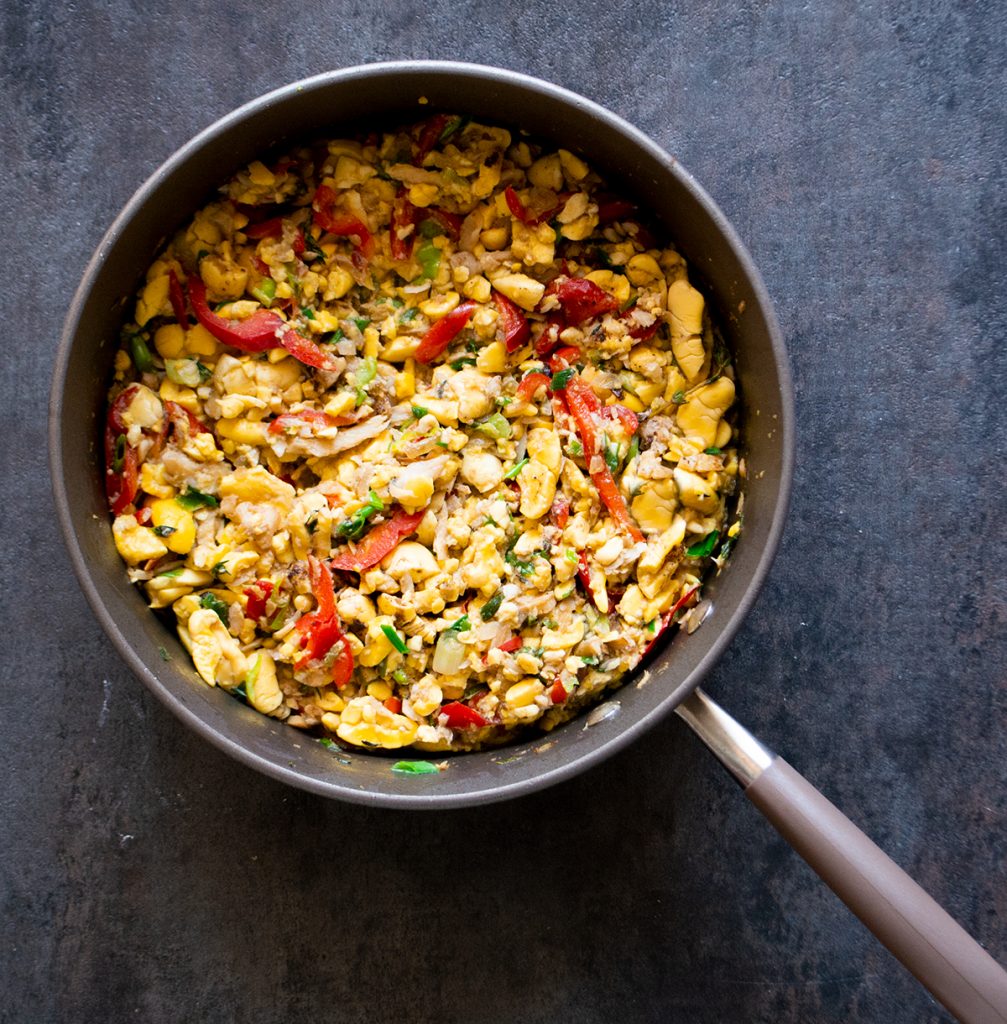
Every dish has its secrets to staying fresh, and ackee and saltfish is no exception. Whether you’re a seasoned cook or trying this dish for the first time, you’ll find out how to store it safely and how long do ackee and saltfish last in the fridge. Stick around as we uncover the simple steps to preserve the goodness of ackee and saltfish.
Optimal Storage Conditions for Ackee and Saltfish
When you’ve got some tasty ackee and saltfish left over, keeping it in the fridge is a smart move. But to make sure it stays as yummy as when you first made it, you need to store it just right. Here’s how:
First, find the right spot in your fridge. You want to keep it cold, but not too cold. The best temperature is around 35°F to 38°F (that’s about 1.7°C to 3.3°C). This keeps your food safe without freezing it. Next, think about what you’ll put it in. A clean, airtight container is your best bet. This keeps the air out and the flavors in. If you don’t have one, you can use a clean plate and cover it tightly with plastic wrap.

The Shelf Life of Ackee and Saltfish in the Fridge
Now, let’s talk about how long you can keep your ackee and saltfish in the fridge before it’s time to say goodbye. Usually, it’s good for about 3 to 4 days. But you’ve got to be on the lookout for signs that it’s not okay to eat anymore.
Here are some things to watch for:
- Smell: If it starts to smell funny or not like it did when you cooked it, that’s a sign.
- Color: If the color looks off or not as bright, that might mean it’s going bad.
- Texture: If it feels slimy or too soft, that’s another clue.

Remember, if you’re ever not sure if it’s safe to eat, it’s better to be safe and throw it out. No meal is worth getting sick over. By following these simple steps, you can enjoy your ackee and saltfish for a few more days, making sure nothing goes to waste. Stay tuned for more tips on how to handle leftovers like a pro!
Tips to Maximize Freshness and Flavor
Keeping your ackee and saltfish tasting great is all about how you handle it after cooking. Here’s what you can do to keep it fresh and flavorful:
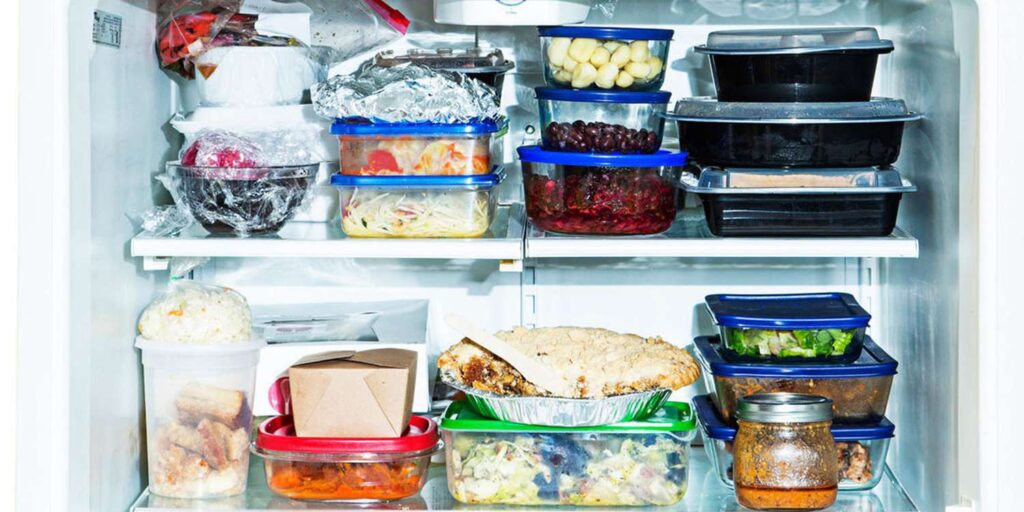
- Cool it down quickly. After you finish eating, don’t leave the ackee and saltfish out for too long. The sooner you cool it down and put it in the fridge, the better.
- Store it right. Use an airtight container to lock in the taste and keep out any fridge smells that could change the flavor of your dish.
- Keep it separate. If you’ve got other foods in the fridge, keep them away from your ackee and saltfish. This helps stop the flavors from mixing.
Can You Freeze Ackee and Saltfish?
Yes, you can freeze ackee and saltfish! Freezing can help it last even longer. Here’s how to do it properly:
- Prepare for freezing. Make sure your ackee and saltfish are in a freezer-safe container. This will protect it from freezer burn.
- Label it. Write the date on the container before you put it in the freezer. This way, you’ll know how long it’s been in there.
- Thaw safely. When you’re ready to eat it again, thaw it in the fridge, not on the counter. This keeps it safe from bacteria that could make you sick.
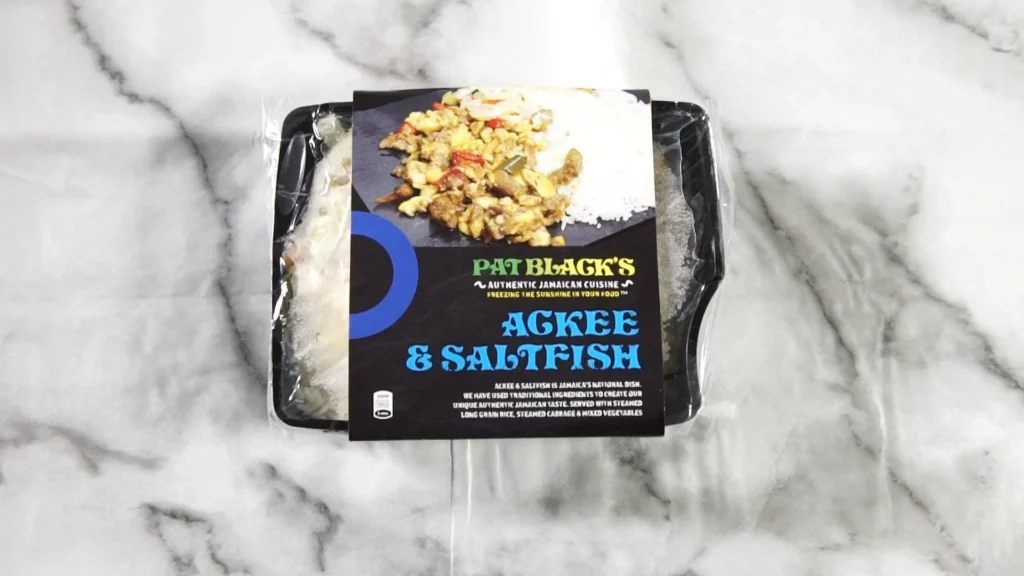
Freezing might change the texture a bit, but it’s a good way to make sure you can enjoy your ackee and saltfish later on. Just remember to eat it within a couple of months for the best taste.
Thawing and Reheating Stored Ackee and Saltfish
When you’re ready to enjoy your ackee and saltfish again, you need to thaw and reheat it the right way. Here’s how to do it:
Thawing Your Ackee and Saltfish
- Plan ahead. Move your frozen ackee and saltfish to the fridge the night before you want to eat it. This slow thaw keeps it safe.
- Keep it covered. While it’s thawing in the fridge, make sure it’s still in its container or wrapped up. This stops any fridge smells from getting in.
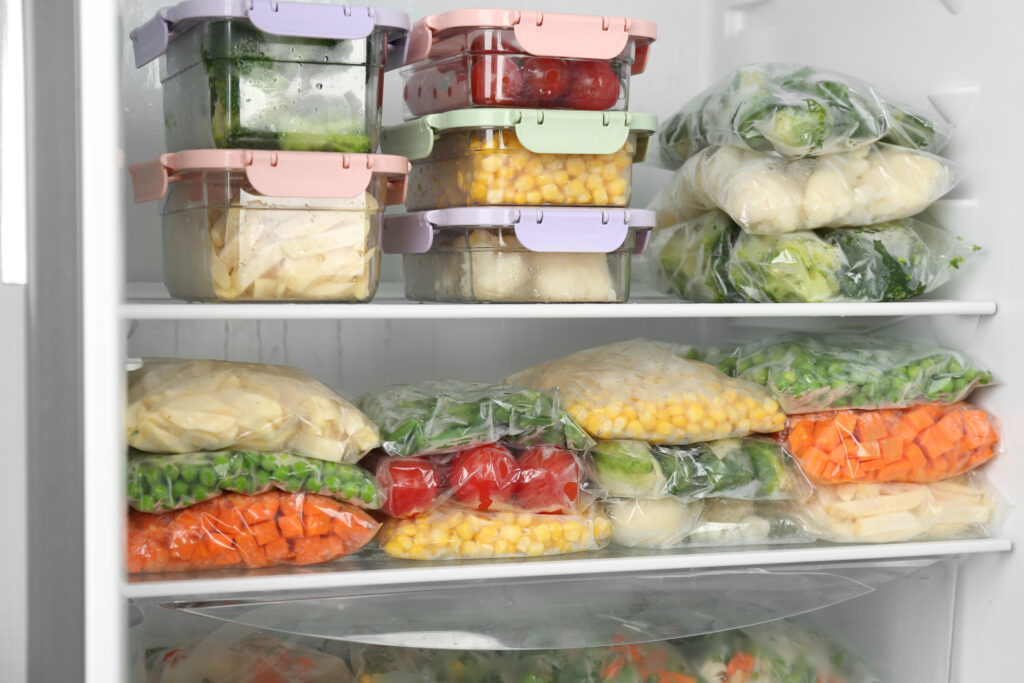
Reheating Your Ackee and Saltfish
- Go low and slow. When you reheat, use a low heat. This warms it up without drying it out or making it tough.
- Use the stove or oven. Microwaves can be quick, but they might make your ackee and saltfish mushy. The stove or oven gives you better control.
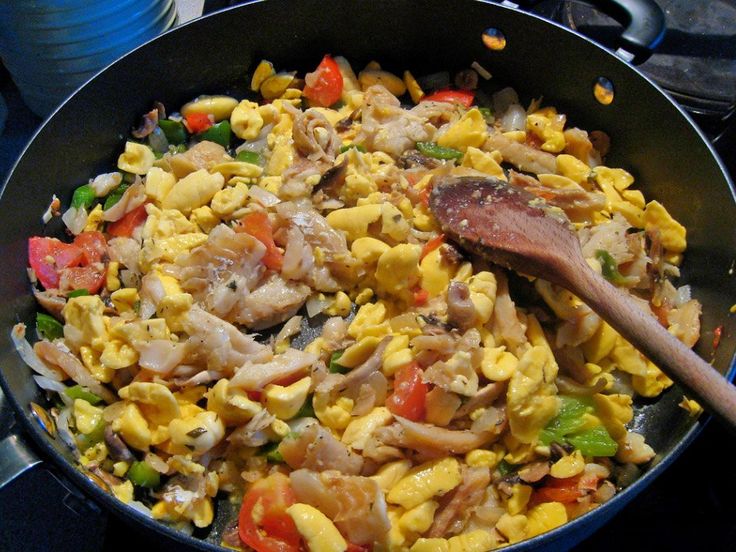
By taking your time to thaw and reheat your ackee and saltfish, you’ll keep it tasting as good as when it was first cooked.
Final Analysis
Wrapping up, we’ve learned that ackee and saltfish are more than just a tasty dish—they are treats that can be enjoyed days after they are made if stored properly. By keeping it in the fridge at the right temperature, in the right container, and for the right amount of time, you can make sure it stays safe and delicious.
Remember, if you’re ever unsure about whether your ackee and saltfish are still good to eat, it’s better to play it safe. And now, with all these tips and tricks, you’re all set to keep your ackee and saltfish fresh for as long as possible. So go ahead, savor the flavors, and enjoy your meal to the fullest!
FAQs
Disclosure: Our blog contains affiliate links to products. We may receive a commission for purchases made through these links. However, this does not impact our reviews and comparisons. We try our best to keep things fair and balanced, in order to help you make the best choice for you.







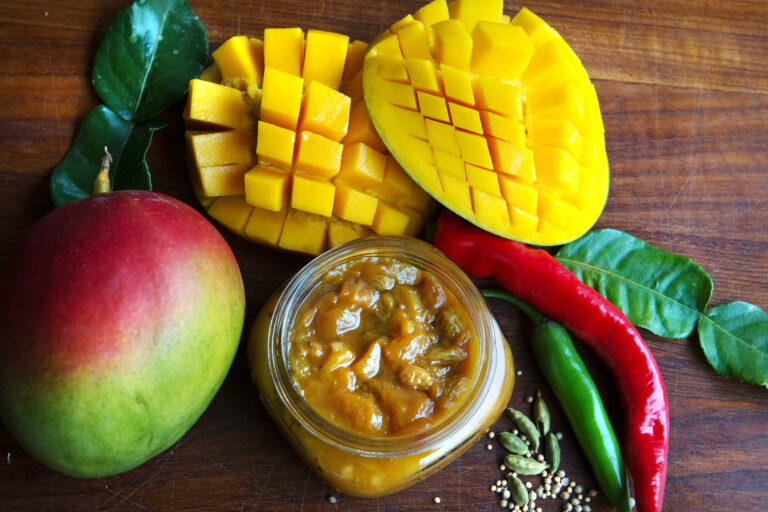
One Comment